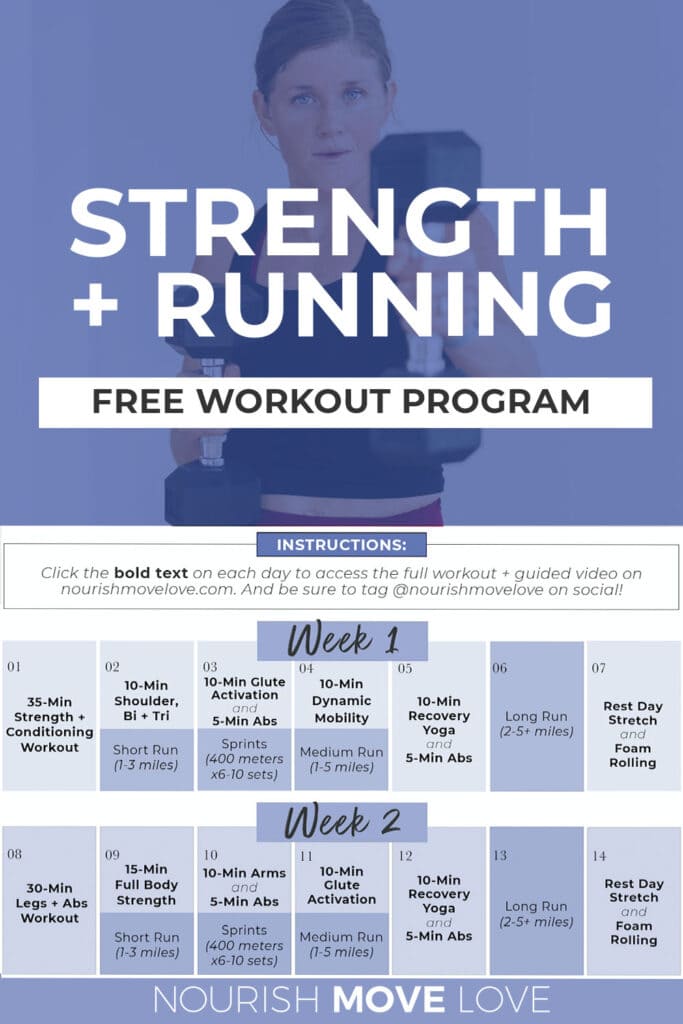Turbocharge Your Runs: Open Your Possible with Strategic Running Workouts
Turbocharge Your Runs: Open Your Possible with Strategic Running Workouts
Blog Article
Getting Rid Of Discomfort in Running: Strategies and Strategies That Work
Pain is an usual companion for numerous joggers, commonly acting as a barrier to attaining their desired objectives. With the ideal strategies and methods, it is feasible to get rid of and also prevent the discomfort connected with running. By discovering numerous approaches such as comprehending the various kinds of running discomfort, maximizing shoes and form, incorporating cross-training and stamina exercises, executing efficient healing approaches, and keeping correct nourishment and hydration, runners can potentially alleviate their pain and boost their total running experience.
Comprehending Various Kinds Of Running Discomfort

One more kind of running discomfort is joint discomfort, which can show up as a sharp or achy discomfort in locations such as the knees, hips, or ankle joints (running strategy). Joint discomfort may be brought on by factors like incorrect running kind, overuse, or underlying problems like joint inflammation (this is where I read it). It is necessary to separate between muscle discomfort and joint discomfort, as the latter may require medical attention to avoid more injury
Comprehending the different types of running discomfort is vital for reliable administration and prevention approaches to make certain a safe and pleasurable running experience.
Appropriate Footwear and Running Type
To enhance performance and reduce the risk of running-related injuries, selecting appropriate shoes and preserving proper running kind are essential elements for runners of all degrees. Appropriate footwear plays an essential role in giving support, padding, stability, and defense for the feet and lower limbs. It is suggested to choose running shoes that are especially created for the individual's foot kind, running gait, and the kind of running task they take part in. Obtaining fitted for footwear at a specialty running store can aid make sure the right fit and assistance.

Cross-Training and Toughness Exercises
Toughness workouts, like squats, lunges, and core workouts, play a vital duty in supporting muscle mass and improving running effectiveness. They can deal with muscle inequalities, enhance agility, and improve power result, all of which are important for running performance.
It is crucial to enable for sufficient rest in between running sessions and cross-training activities to avoid overuse injuries. By integrating these aspects into a running regimen, joggers can build a stronger structure, boost performance, and delight in a more lasting running experience - look at this site.
Recovery and Relax Strategies
Having developed the significance of cross-training and strength exercises in a thorough running regimen, attention can now be routed towards Recovery and Relax Techniques as indispensable parts for enhancing performance and lowering the danger of injuries. (running strategy)
Healing after running is important for muscle fixing and growth. Strategies such as foam rolling, stretching, and massage therapy help in lowering muscle mass pain and enhancing versatility. Sufficient remainder in between runs allows the body to recoup and adapt to the physical anxiety, avoiding overuse injuries.
Including active healing days right into a training schedule, where low-intensity tasks like walking or biking are performed, can improve blood flow and advertise recovery without putting excess pressure on the muscles. In addition, proper hydration and nourishment play an important function in the recuperation process by renewing shed fluids and nutrients.
Quality rest is another necessary aspect of recovery that ought to not be overlooked. During sleep, the body goes through fixing and regeneration processes, adding to general physical and psychological health. By focusing on recuperation and rest strategies, joggers can this website maintain optimal performance levels and minimize the chance of experiencing discomfort or injuries.
Nutrition and Hydration for Runners
How can runners optimize their performance with appropriate nutrition and hydration practices? Nutrition and hydration are important elements of a runner's training program, playing a critical duty in performance, endurance, and healing. To improve performance, runners ought to concentrate on consuming a well-balanced diet that consists of carbs, healthy proteins, healthy fats, vitamins, and minerals. Carbohydrates offer energy for running, while healthy proteins help in muscle mass repair service and healing. Healthy fats support total wellness and assistance in taking in essential nutrients. Adequate hydration is additionally vital to keep ideal performance, as even mild dehydration can adversely influence running performance. Joggers must drink water prior to, throughout, and after their runs to remain hydrated. Electrolytes, such as sodium and potassium, are likewise crucial for preserving liquid equilibrium and muscle feature - running strategy. In addition, timing meals and treats properly before runs can aid prevent stomach discomfort and provide the essential energy for peak efficiency. By taking note of their nourishment and hydration, runners can enhance their endurance, speed up healing, and perform at their finest.
Verdict
To conclude, by recognizing the various kinds of running pain, putting on correct footwear, keeping correct running form, integrating cross-training and stamina workouts, focusing on recovery and rest, and concentrating on nourishment and hydration, joggers can properly overcome pain and enhance their performance. Carrying out these approaches and techniques can help runners stop injuries, boost their endurance, and inevitably appreciate an extra satisfying running experience.
Report this page